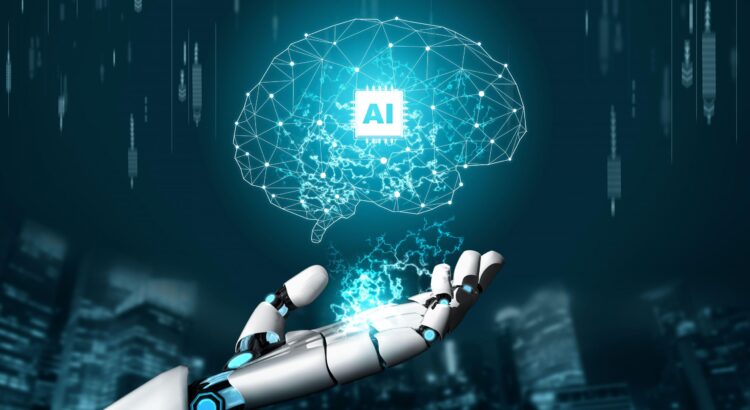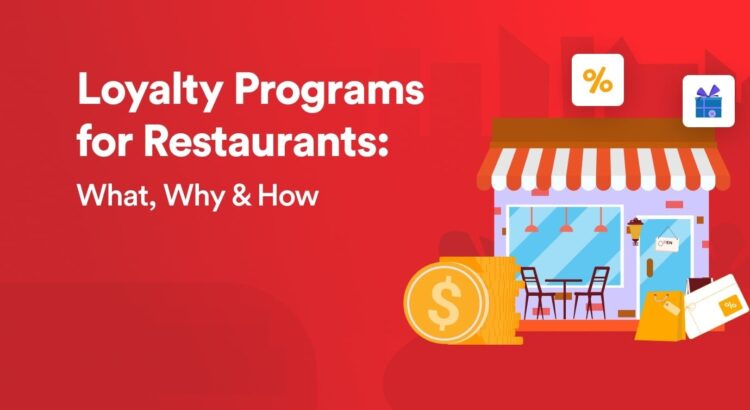In the ever-evolving world of digital marketing, two powerful strategies stand out: Mobile User Acquisition Marketing and Direct-to-Consumer (DTC) Marketing. While both focus on driving growth and reaching consumers, their methods, objectives, and tactics can vary significantly. Understanding the key differences between these two strategies can help businesses optimize their marketing efforts and reach their desired audience more effectively.
What is Mobile User Acquisition Marketing?
Mobile User Acquisition Marketing refers to strategies aimed at acquiring new users for mobile apps. It focuses primarily on increasing app installs and engaging users on mobile platforms. With the increasing shift towards mobile devices, this type of marketing has become crucial for businesses that want to tap into the rapidly growing mobile app ecosystem.
Mobile user acquisition marketing involves several tactics, including:
- App Store Optimization (ASO): Similar to SEO for websites, ASO aims to improve the visibility of an app in app stores (like Google Play and Apple’s App Store). This helps increase organic downloads.
- Paid User Acquisition: This involves running paid campaigns on platforms like Facebook, Google, Instagram, TikTok, and other ad networks to drive app installs. Advertisers typically pay per install (CPI model).
- Social Media Marketing: Leveraging platforms like Instagram, Facebook, and Twitter, mobile user acquisition marketers run campaigns targeting specific demographics and interests, encouraging them to install the app.
- Influencer Marketing: Collaborating with influencers in relevant niches helps create buzz and trust around an app, driving more users to download and use it.
- Retention and Engagement Campaigns: Once users install the app, retaining them is equally important. Push notifications, email campaigns, and in-app incentives are used to keep users engaged.
What is Direct-to-Consumer (DTC) Marketing?
Direct-to-Consumer (DTC) Marketing refers to businesses selling their products or services directly to consumers, bypassing traditional intermediaries like wholesalers, distributors, or retailers. This model gives brands more control over their brand messaging, customer relationships, and pricing.
In DTC marketing, companies use digital platforms to promote their products, engage with customers, and generate sales. Some of the most common strategies include:
- Content Marketing: Creating engaging and informative content that appeals directly to the target audience, enhancing brand awareness and driving traffic to the website.
- Email Marketing: A powerful tool for nurturing customer relationships, sending product updates, and offering exclusive deals.
- Social Media Marketing: DTC brands heavily rely on social platforms to build their brand and engage with consumers through targeted ads, influencer collaborations, and user-generated content.
- E-commerce: The direct sales channel is primarily via the brand’s website or a dedicated app, allowing for direct interaction with the consumer without intermediaries.
- Customer Relationship Management (CRM): Through the use of CRM tools, brands can keep track of their customers, monitor buying habits, and personalize the customer experience, leading to higher conversion rates and long-term customer loyalty.
Key Differences Between Mobile User Acquisition Marketing and DTC Marketing
Though both Mobile User Acquisition Marketing and DTC Marketing aim to grow the customer base, their approaches and objectives are distinct.
1. Platform and Medium
- Mobile User Acquisition focuses solely on acquiring users for a mobile app, whereas DTC Marketing targets consumers directly through various online channels, including websites, apps, and social media platforms.
- In Mobile User Acquisition, campaigns are heavily centered around increasing app installs and encouraging engagement within the app. On the other hand, DTC campaigns may target website visits, online purchases, or lead generation.
2. Target Audience
- The target audience for Mobile User Acquisition Marketing is primarily mobile users, especially those who prefer mobile apps for shopping, entertainment, or productivity.
- DTC Marketing targets the broader consumer base. The campaigns are focused on driving brand awareness, increasing conversions, and fostering long-term relationships with customers across digital platforms, be it mobile, web, or offline.
3. Metrics of Success
- Mobile User Acquisition Marketing measures success based on the number of installs, retention rate, cost-per-install (CPI), and lifetime value (LTV) of users.
- DTC Marketing, on the other hand, focuses on metrics such as customer acquisition cost (CAC), return on ad spend (ROAS), customer lifetime value (CLV), and conversion rates from the website or app.
4. Engagement Tactics
- Mobile User Acquisition Marketing heavily leverages in-app notifications, in-app rewards, and retargeting ads to ensure users continue to engage with the app after the initial install.
- In DTC Marketing, engagement tactics involve personalized email campaigns, product recommendations, exclusive discounts, and loyalty programs to encourage repeat purchases and customer loyalty.
5. End Goal
- For Mobile User Acquisition Marketing, the goal is primarily to acquire as many high-quality users for the app as possible and to keep them engaged, leading to higher retention and usage rates.
- DTC Marketing is focused on driving sales directly from consumers by building a brand, creating trust, and ensuring a seamless purchasing experience. It’s about fostering long-term relationships and brand loyalty.
Why Razorse Software for Mobile User Acquisition & DTC Marketing?
At Razorse Software, we specialize in designing and implementing cutting-edge marketing strategies for businesses looking to expand their mobile app user base or sell directly to consumers. With over 14 years of expertise in the industry, we offer a complete suite of services to help you navigate the challenges of both Mobile User Acquisition Marketing and DTC Marketing.
Our services include:
- Comprehensive mobile marketing strategies tailored to your app
- Advanced App Store Optimization (ASO)
- Data-driven DTC marketing strategies that focus on customer acquisition and retention
- Full-cycle campaign management for both mobile and e-commerce platforms
Reach out to us today to discover how Razorse Software can help you grow your mobile app user base and boost your direct-to-consumer marketing efforts.
#MobileMarketing #UserAcquisition #DTCMarketing #MobileAppGrowth #EcommerceMarketing #MarketingStrategy #RazorseSoftware #CustomerEngagement #DigitalTransformation #AppStoreOptimization #DirectToConsumer #AI #BusinessGrowth





